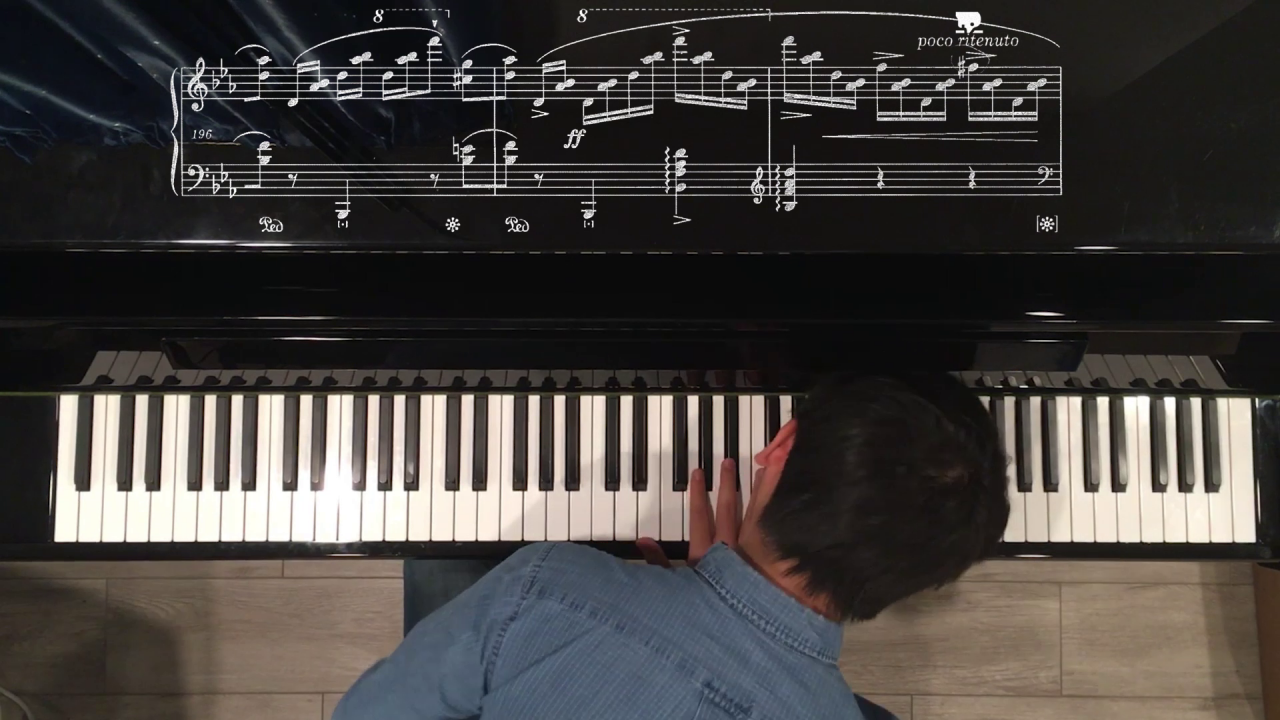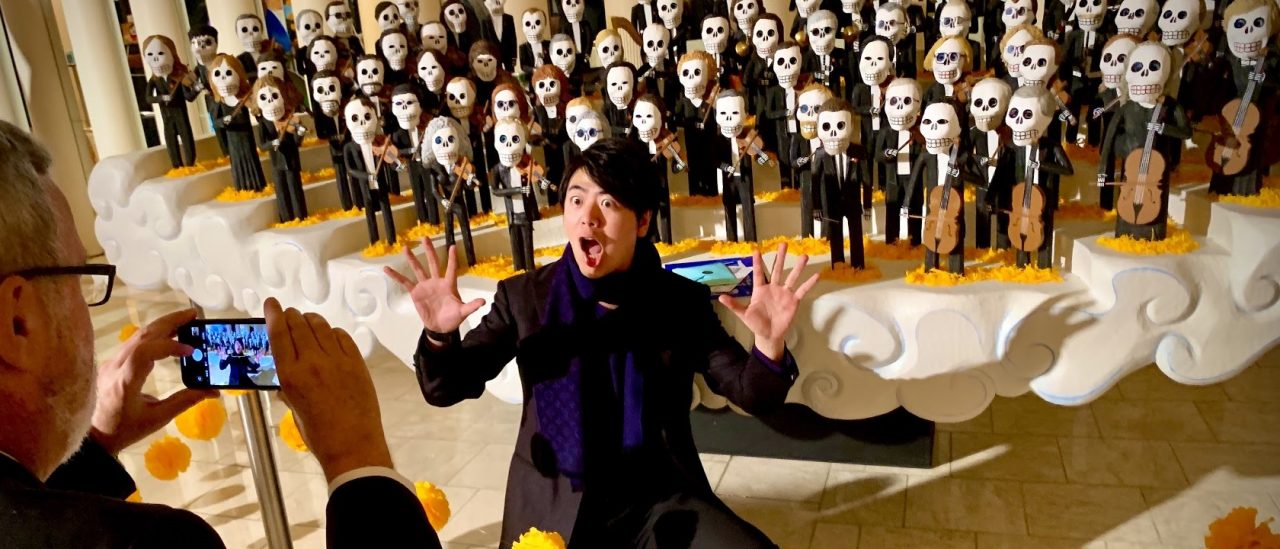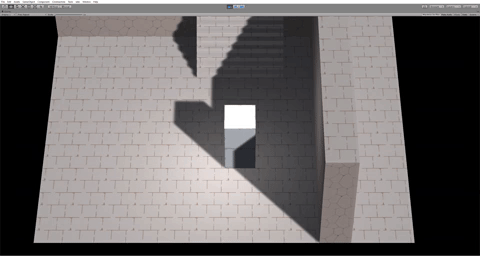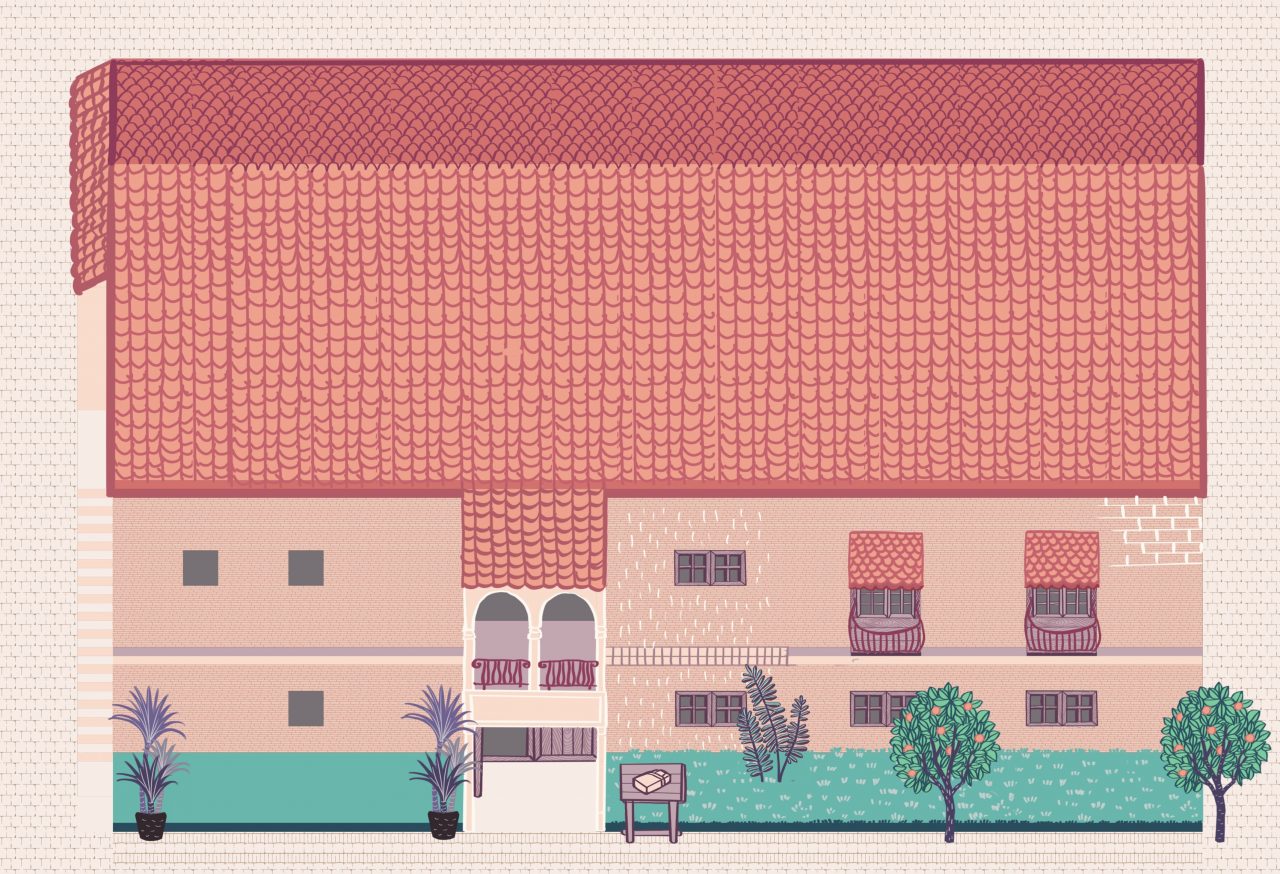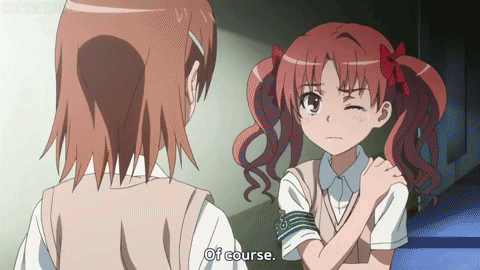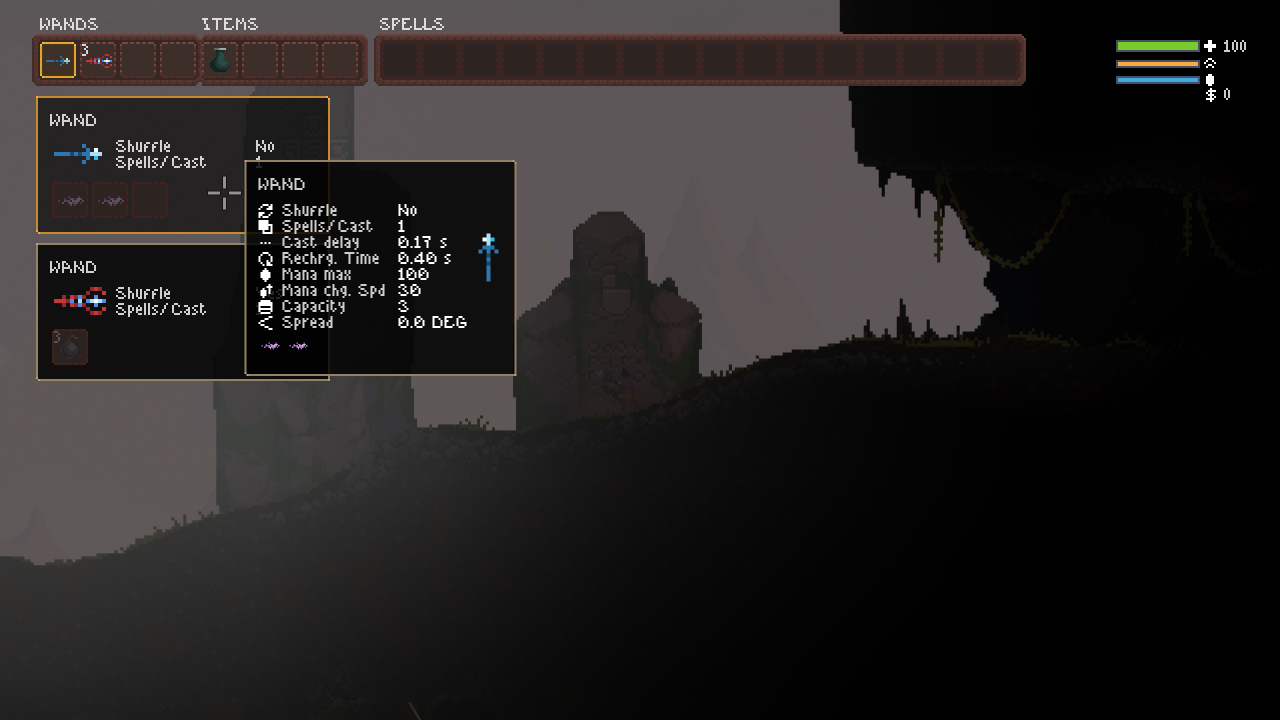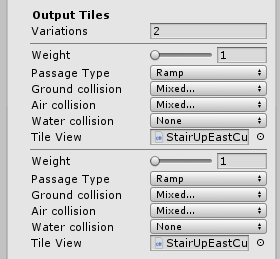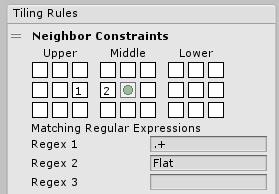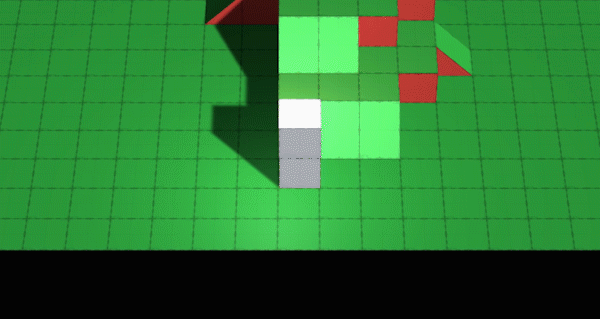
After 12 years of secrecy during which not a single employee dared to leak a word, Valve announced a new Half-Life game! If this isn’t patience, I don’t know what is.
The original games in the series, Half-Life and Half-Life 2, were pioneers. Each brought about an explosion of new ideas of how games could be. I hated first-person shooter games until I played Half-Life 2. It was completely different from other forms of storytelling that I didn’t know existed. Its cutscene-free, seamless storytelling technique and its fleshed-out sci-fi setting engrossed me deeply. The Half-Life franchise was the sole reason that made me want to work for Valve.
Then there was silence. It was quiet anticipation at first, but as years passed without any mention from Valve of a new game in the series, the silence became deafening (in the form of memes). Half-Life 3 became the biggest conspiracy theory in the game industry. It was the single title that shall not be uttered – the Game Which Must Not Be Named.
I expect great things from it – possibly the singular title that will usher in a new age of virtual reality gaming.
Coding
Another fortnight of no coding. I’m glad that I kept a coding log which will make getting back to coding much easier. I plan to finish more of the story first, before working on the tilemap again.
Art
Y was pretty busy for the past two weeks, but she still managed to finish some portraits.
Here is Claudia, who undertook sword training together with Felix when they were children. They are now traveling together as adventurers.

And here’s a sketch of the mysterious character I mentioned in the last update.

Felix and Claudia are the second pair of characters I’d like to introduce to the story. With their visual design semi-finalized, I might be able to convince Y to draw some comics revealing their relationship.
Narrative
I managed to squeeze out 800 words, about 2/5 of the bit I wanted to write before getting back to coding. Stating the word count reminds me of the time I used to write essays. In reality, writing essays is probably easier than making up a story…
I realized that I was unwittingly influenced by Dan Brown’s writing style. Namely, I tend to write relatively short sections from various people’s view. This is probably going to be annoying when translated into gameplay, but I really enjoy this form of storytelling. Upon visiting his website, I realized that he wrote a new book, Origin!
For reference purposes, I bought all his books…even though the only one I haven’t read is Origin…

Time to reveal another bit of the Continent!
Promptly after its founder Lepton Antima passed away, the mourning Empire was under siege from Gemia. The Void, without a second wielder, would be as useful as scrap metal in stopping the Gemian elite magic corps – or so the Council of Five thought. They quickly ordered troops to be mobilized toward Antima.
What awaited the Gemian army was death. For inexplicable reasons, the Gemian magic corps could not fire a single spell off, as if the Void was present on the battlefield. The defenseless Gemian army was massacred by the charging Antima forces. With heavy losses, Gemia called off the offensive.
This was the first of many times when the Void Barrier repelled the neighboring country’s invasion attempts.
Excerpt from A Brief History of Antima

